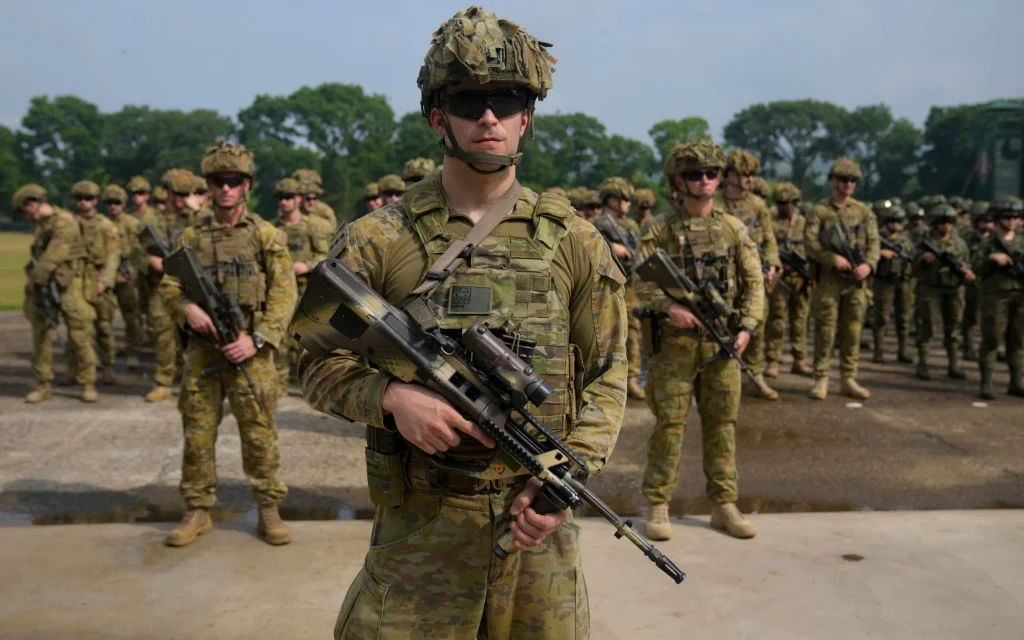Australia has revealed an extensive ten-year strategy aimed at doubling its fleet of major warships and increasing defence expenditures by an extra US$7 billion, responding to the escalating arms race in the Asia-Pacific region.
According to the plan, Australia will bolster its navy with 26 major surface combatant ships, a substantial increase from the current 11. This announcement follows significant military buildups by rival nations such as China and Russia.
Australia’s naval enhancement plan includes six Hunter-class frigates, 11 general-purpose frigates, three air warfare destroyers, and six cutting-edge unmanned surface warships.

Some of these vessels will be equipped with Tomahawk missiles capable of striking deep within enemy territory, bolstering Australia’s deterrent capabilities significantly.
The strategy aims to raise Australia’s defense spending to 2.4 percent of its gross domestic product, surpassing the two percent target set by NATO allies.
While some ships will be constructed in Adelaide, generating over 3,000 jobs, others will be based on US designs, with additional options from Spain, Germany, South Korea, or Japan.
In 2021, Australia shifted its course, opting to purchase at least three nuclear-powered submarines designed in the US, abandoning previous plans to develop non-nuclear submarines with France, a move that had already incurred substantial costs.
These nuclear submarines, while not armed with atomic weapons, will be armed with long-range cruise missiles, heralding a significant advancement in Australia’s maritime capabilities. Experts anticipate that these initiatives will position Australia as a formidable naval power in the region.
However, Australia has a history of grappling with cost overruns, policy shifts, and project plans driven more by domestic job creation than strategic defence needs.


